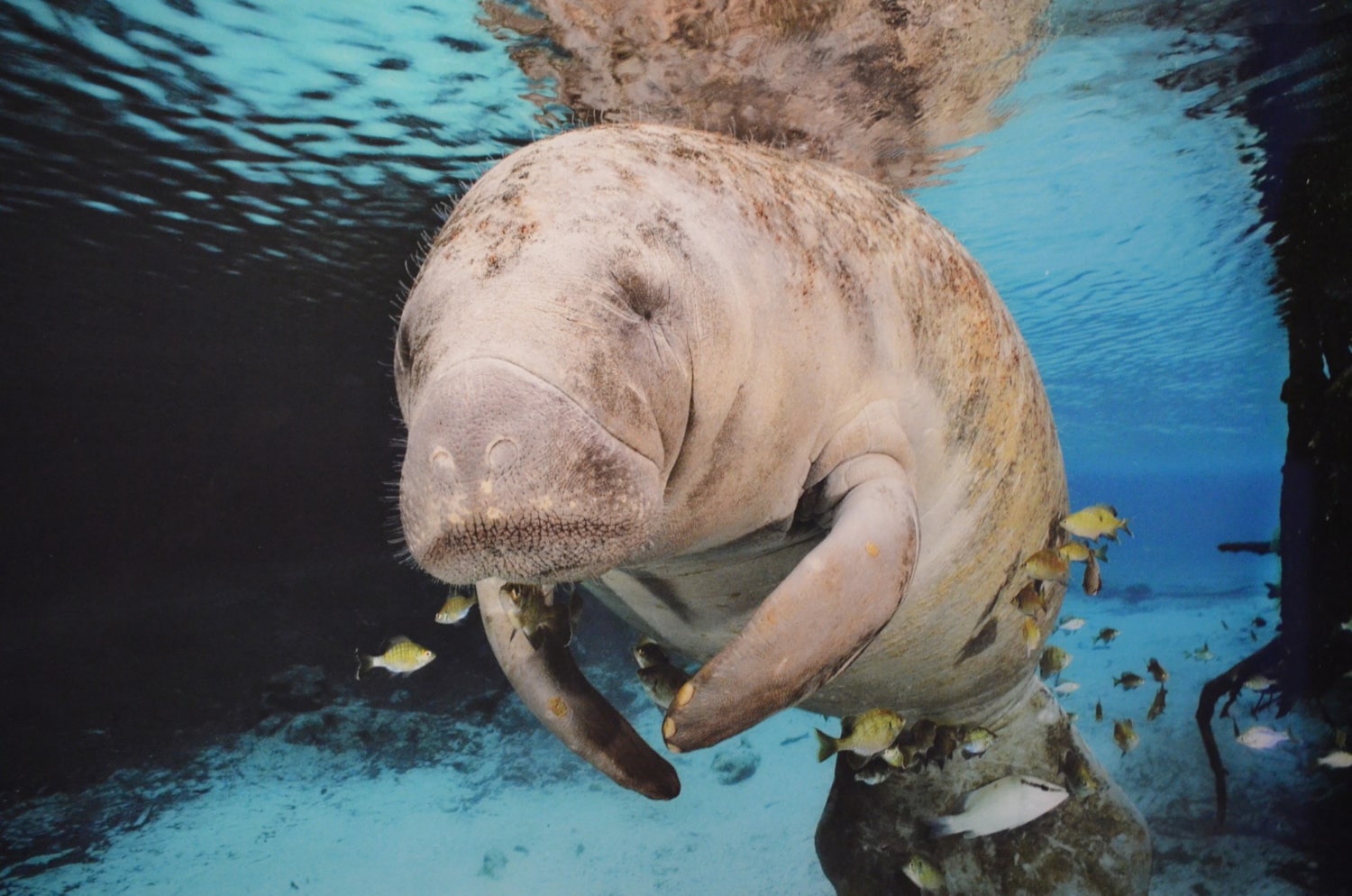Manatees are some of the most unique marine mammals, yet many people know very little about them. Their calm behavior, large size and gentle appearance have made them favorites among scientists and environmentalists. These animals have ancient origins and are linked to legends about mermaids, while also playing a crucial role in tropical aquatic ecosystems. Their lives are full of surprising details that everyone interested in nature should know. Here is a collection of fascinating facts about manatees you may not have known.
- Manatees belong to the order Sirenia and are closely related to dugongs. They live in tropical and subtropical waters along the coasts of the Americas and Africa. Their bodies are streamlined and can grow longer than three meters. The average adult manatee weighs over five hundred kilograms.
- Manatees are known for their slow movements and peaceful temperament. They swim at an average speed of about 5 km/h but can accelerate up to 25 km/h if necessary. Despite their massive size, they move gracefully in the water. They are rarely aggressive and generally avoid confrontation.
- Manatees are herbivores and feed on algae, seagrass and other aquatic plants. An adult can consume up to 10–15 percent of its body weight in food each day. Their diet helps control underwater vegetation and maintain ecological balance. They typically eat dead or detached plant matter, which limits damage to their environment.
- These animals have a very slow metabolism, which makes them sensitive to temperature changes. They cannot survive in cold water and may die if the temperature drops below 20 degrees Celsius. For this reason, they migrate to warmer areas during colder months. They are often found near warm-water outflows from power plants.
- Manatees can hold their breath underwater for 15–20 minutes, although they usually surface every 3–5 minutes. Their nostrils are located on the top of their snout and close tightly when submerged. While sleeping, they automatically rise to the surface to breathe. This action happens without waking them up.
- Despite having no external ears, manatees have excellent hearing. They detect low-frequency sounds, which allows them to communicate over long distances. They also have good memory and can remember routes and safe zones. This helps them avoid danger and find food efficiently.
- Manatees can live in freshwater, brackish and marine environments and adapt easily to different conditions. They are found in rivers, lagoons, estuaries and even open seas. However, they tend to stay near shorelines where aquatic vegetation is abundant. Their movements depend on water temperature and food availability.
- Manatees are mostly solitary animals, though they sometimes form temporary groups. They are usually seen in pairs or with offspring. The gestation period for females is about one year and they typically give birth to a single calf. The calf stays with its mother for up to two years, learning how to survive.
- Manatees’ teeth grow continuously and are replaced throughout their lives. They have a unique system of horizontal tooth replacement similar to a conveyor belt. Older teeth wear down at the front while new teeth emerge at the back and gradually shift forward. This system allows them to chew tough plant matter effectively.
- One of the greatest threats to manatees is collisions with boats and watercraft. Due to their slow movement and habit of staying in shallow waters, they are often injured by propellers. Many individuals have visible scars on their backs. Some countries have implemented low-speed zones to protect them.
- Manatees have short and sparse hair, which is almost invisible. Their hair serves a sensory function rather than insulation and helps them detect their surroundings. Their bodies are covered in thick fat that provides some thermal protection. This gives them a rounded and soft appearance.
- For centuries, sailors mistook manatees for mermaids. During long sea voyages, seeing their heads above the water, sailors imagined they were observing human-like creatures. This led to numerous legends about sea maidens. Under poor lighting and after weeks at sea, the confusion was understandable.
- In the wild, manatees live for about 40 years on average, but in captivity they can live up to 60 years. Their long lifespan is due to their slow-paced lives and lack of natural predators. Human activity is their main threat. Pollution, plastic waste and the reduction of food sources also affect their population.
- In some cultures, manatees are considered symbols of peace and kindness. Their gentle nature and vulnerability evoke empathy. They are often featured in environmental education programs and children’s books. Their image helps promote respect for wildlife.
- The manatee’s strong front flippers are used not only for swimming but also for handling food. They can pull in plants, touch objects and even hug their calves. This level of dexterity is rare among marine mammals. Sometimes they move into shallow areas to better reach vegetation.
These amazing facts about manatees show how unique and valuable these gentle giants truly are. They combine ancient heritage, fascinating biology and an important ecological role. Their existence reminds us of the importance of protecting nature and caring for all its creatures. Learning such interesting facts helps us better understand the richness of the natural world.





